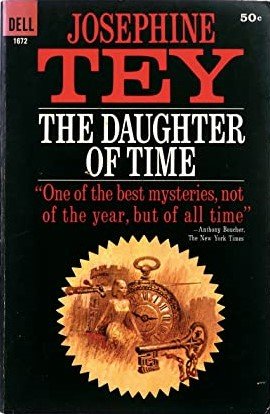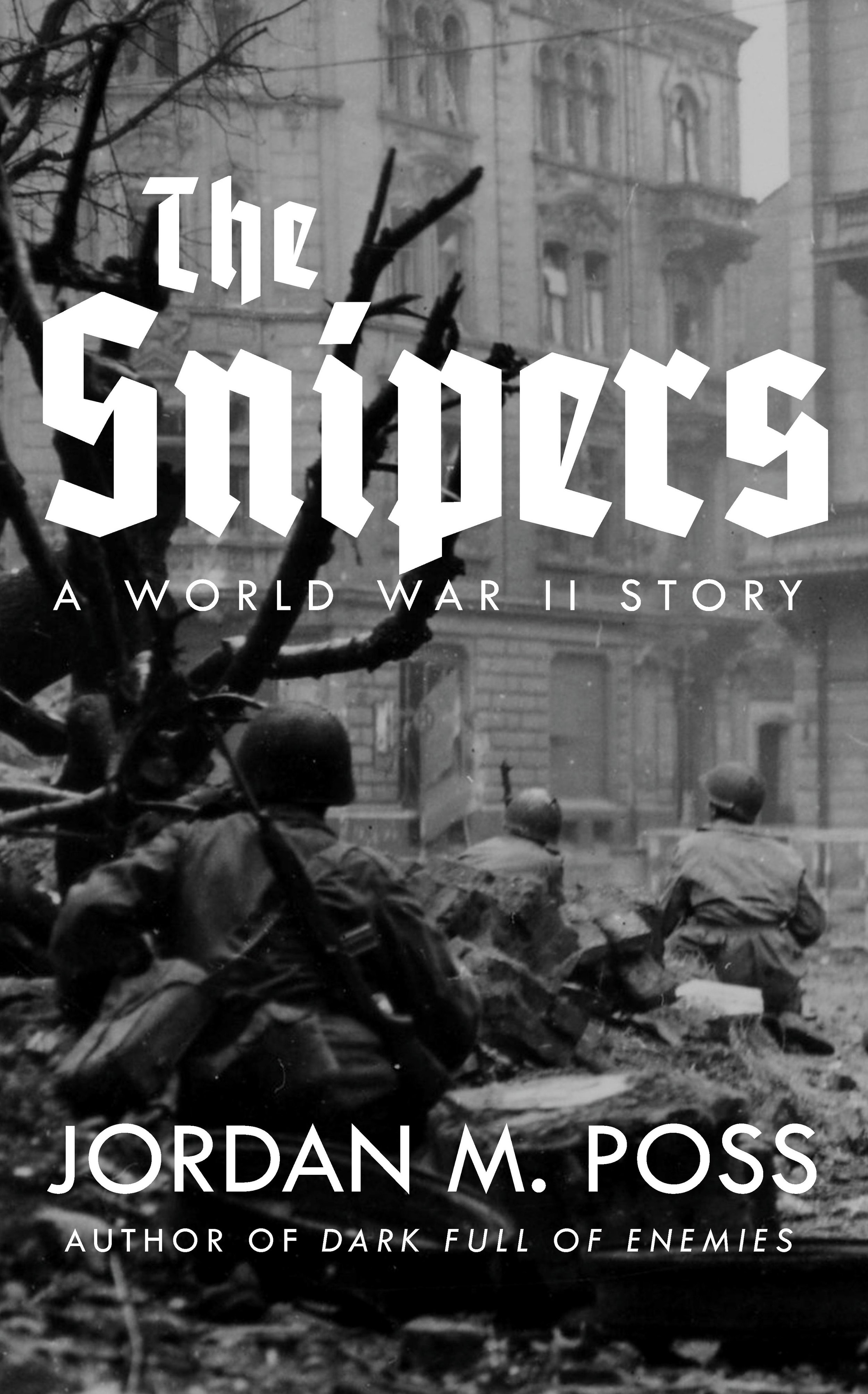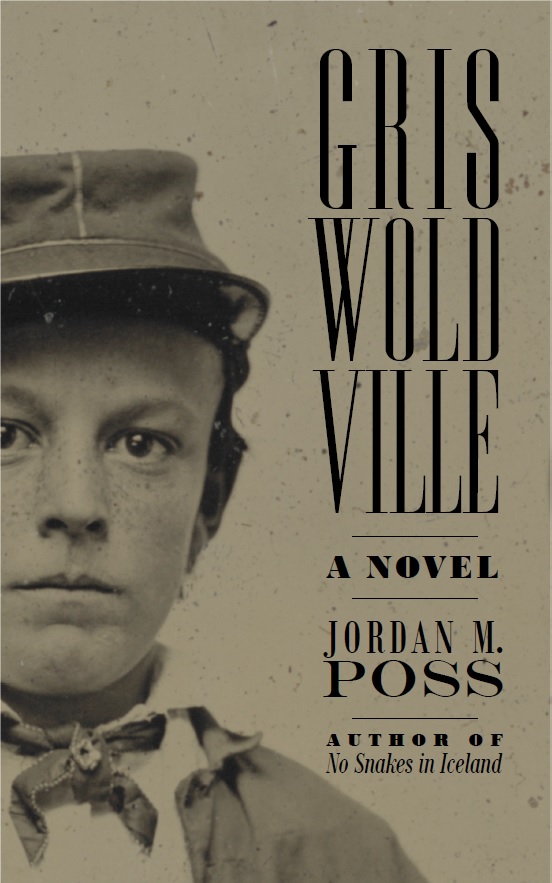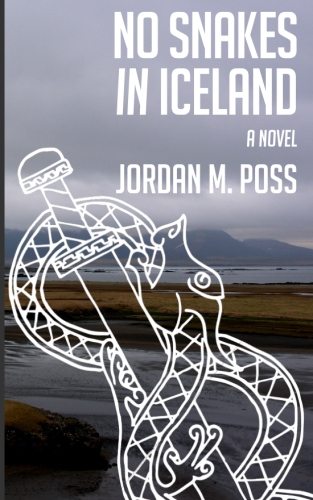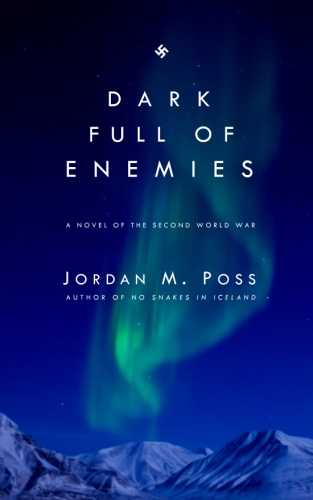Last week, when I took exception to the great Tom Shippey’s arguments for the continued use of the term “Dark Ages” to describe post-Roman or early medieval Europe, I had in mind a counterexample for a follow-up post: “Anglo-Saxon,” a term that tends not to suggest much to the ordinary person and to which very few preconceived notions are attached.
Unless you’re a particular kind of academic.
Briefly, in a technical sense the term Anglo-Saxon is most commonly used three ways:
Describing a period, it applies to England from roughly the mid-5th century to the Norman Conquest in the late 11th century.
Describing people, it applies to the Germanic peoples who invaded Britain during the “migration period” c. AD 450 and who originated in modern-day Germany, Denmark, and Frisia.
As a noun, it is synonymous with Old English, the language spoken in many regional dialects by the people described above.
Other uses, such as for the material culture found at sites like Sutton Hoo or the literature produced by these people, are elaborations on these three basic uses. But Anglo-Saxon as a term for a period in a particular place and the people typical of that period and place has been in common usage for a very long time, right up until today. Just looking at the shelves I can see from my desk, I can see the great medieval historian Frank Stenton’s volume for the Oxford History of England, Anglo-Saxon England (1943), Hilda Ellis Davidson’s great study The Sword in Anglo-Saxon England (1962), Kevin Crossley-Holland’s literary anthology The Anglo-Saxon World (1982), John Blair’s Very Short Introductions volume The Anglo-Saxon Age (1984), and Marc Morris’s excellent The Anglo-Saxons (2021). Even the Nature study regarding Anglo-Saxon genetics that I linked to above uses the term to describe the migration, the period, and the cemeteries excavated as part of the study. This is a respectable term with a long history.
There has, recently,* however, been a move to stop using the term “Anglo-Saxon” within the study of the Middle Ages because of some of the ways the term has been used outside the field. I almost said “popularly used” but, again, I’ve found that very few people have any firm associations with the term. A vague, historical sense of Englishness attaches to it sometimes, and a very few might think of the term WASP, about which more below, but that’s about it. Nevertheless, because the term was sometimes used to designate certain subsets of “Nordic” or northern European racial types by 19th century scientific racists or casually used for people of a certain ethnic background (like the much, much, much vaguer and more insulting “white people” today), it is now “problematic.”
You can find all the kinds of arguments for this view that you’d expect in this piece from Smithsonian last year, which is where I first learned that there was any controversy about it. A few points raised in the essay:
The Anglo-Saxons didn’t use the term Anglo-Saxon “much.” The authors try to have this both ways, pointing out that they did use it, but mostly in Latin documents like charters (or the Welsh chronicler Asser’s Life of King Alfred, which uses it in the very first sentence) and hoping you don’t realize that if someone uses a specific term of themselves in a second language they are still describing themselves using that term.
The Anglo-Saxons more commonly called themselves Englisc or Angelcynn. True, but historians refer to historical peoples using terms they didn’t themselves use all the time. Witness the Egyptians or Greeks. There are even whole civilizations for whom we have had to make up names, like the Minoans. (It’s also worth noting that the cynn in Angelcynn is our word kin, as in kinship, raising the dread specter of blood-relationship that these authors clearly abhor. Naturally they don’t dwell on this.)
The “Saxon” part of Anglo-Saxon is inaccurate because it “was not widely used and only for the Saxon groups,” not all the related Germanic peoples who invaded Britain in the 5th century. Flatly false, as any Welsh or Scottish person (or binge-viewer of “Outlander”) could tell you. The Welsh refer to their Angle enemies as “Saxons” in the 7th-century poem Y Gododdin and, to this day, the Welsh and Scots Gaelic words for “foreigner” or “English” are Saesneg and Sassenach. Who’s being ethnocentric now?
The term obscures or erases ethnic minorities living in Britain at the time. There are whole libraries’ worth of controversy about the specific example the authors cite, of the presence of some sub-Saharan Africans in Britain during the period in question, but any argument along these lines is specious. Marginal cases cannot define the whole, and the presence of outsiders among a people group doesn’t make terms describing the predominant people or culture inaccurate. This is akin to some arguments I’ve seen that the term “Norse” is inaccurate because Scandinavians occasionally intermarried with the Sami.
There are “more accurate” terms available. There are not. All the terms on offer in the essay are actually less precise and more awkward than Anglo-Saxon. And I’m astonished that one proposed alternative is “early medieval English,” since although “Anglo-Saxon” was never a problem when I was in grad school (see note below) I was specifically cautioned away from the term “English” for this period because of its anachronistic connotations.
Racists used it. This is what the authors really want to argue—the kind of guilt-by-association cooties talk that somehow gets respect today—and most of their Smithsonian essay is taken up with examples of Bad People using the term. They even use the phrase “dog whistle,” and you know what I think of that. But the authors’ problem with many of the examples they offer is, tellingly, not really with the use of the term itself but with the motives of the people using it. The authors are practicing Bulverism.
Well, I didn’t intend to get into that much detail here, but that essay annoyed me so much when friends sent it my way last summer that it was hard not to.** I could go on, but I’ll conclude with its crowning stupidity, the opening sentence of what the authors clearly believe to be a trumpet blast of a final paragraph: “Historically speaking,” they write, “the name ‘Anglo-Saxon’ has more connection to white hoods than boar-crested helmets.”***
Let us now turn to intelligent people, and the reason I’m returning to contested terminology a week after I mulled over the Dark Ages.
This week on The Rest is History Tom Holland and Dominic Sandbrook presented a wonderful two-part series on Alfred the Great, and among the many topics they touched on was the term Anglo-Saxon. What began as an aside early in the episode, when Holland noted out that the term could not have been invented as a racist codeword because it was in use in Alfred’s lifetime, turns into a more pointed discussion later on (at approximately 39:45 if you listen here) regarding why there would be any controversy about the term in the first place:
Sandbrook: So, you mentioned earlier on—some people might have found that a bit weird if you don’t follow academic disputes on Twitter—which I advise you not to do—is you mentioned the phrase “Anglo-Saxon” which has now become… incendiary in America. In American academia. People don’t want to call them, they don’t even want to call them the Anglo-Saxons, do they?
Holland: Yeah, so, the word “Anglo-Saxon” has different significations in different countries. So, here it means the Anglo-Saxons. It’s the period—
Sandbrook: Yeah.
Holland: It’s shorthand for the period between the Roman withdrawal from Britain and 1066. It’s been that for a long time. And in France or Germany or the Continent Anglo-Saxon basically means the English-speaking world—
Sandbrook: Well in France it means Margaret Thatcher and McDonalds, doesn’t it? [laughs]
Holland: Exactly. Kind of liberal free-market economics. But there is the use of Anglo-Saxon as, you know, Britain, American, or Australia, New Zealand, and so on, Canada—“the Anglosphere” might be another way of putting it. In America, the word WASPs, White Anglo-Saxon Protestants, um, there’s a sense there that it is used to connote a kind of 19th-century, well, white, Anglo-Saxon, Protestant hegemony. And because that is now seen as something oppressive, therefore there’s a desire to get rid of the very word. It’s seen as providing succor to racists in America. But because America is an imperial country and preponderant, there is an absolute assumption among, I think, too many American academics that their use of a word should have global resonance, and they don’t acknowledge the fact that, firstly, in England “Anglo-Saxon” has the connotation that it does. It does not connote racist supremacy.
Sandbrook: No no no.
Holland: We have the English Defence League, we don’t have the Anglo-Saxon Defence League. And they want to call it “early English.” English is a much more problematic word in the context of Early Medieval History. But the other problem with banning the word Anglo-Saxon is that it ignores the fact that, as we said, that Alfred is using Anglo-Saxon in his charters, and its a word that underpins his entire sponsorship of the entire idea of the Angelcynn, the idea of Angles and Saxons being part of a unitary kingdom, a unity people, that in the long run will give birth to England. And this is looking forward to the future, but it’s also rooted in the past because it’s drawing on Bede’s great work, you know, and he’s writing in Northumbria, the Anglian kingdom of Northumbria, a long time before Alfred. So the word Anglo-Saxon seems to me to be by far the best description of this very complicated period and it seems insane to try to get rid of it. Anyway, that’s my rant.
Sandbrook: No, no, Tom, I couldn’t agree with you more. You’ve never had a better rant on this podcast in this series. As so often, why get rid of—it’s bonkers to get rid of the term that is natural to most people.
Holland: It think there’s a certain, a kind of cultural cringe on the part of too many academics in Britain to truckle to American hegemony. They are—in a way, they need to decolonize themselves, to coin a phrase. They need to stop behaving like colonial subjects, and assuming that what happens in America should automatically determine what happens here.
Sandbrook: I couldn’t agree with you more, Tom.
Me neither.
Anglo-Saxon poses a problem nearly the opposite of Dark Ages—it’s a term not commonly used by ordinary people, allowing it to retain most of its technical precision, but objected to by academics on grounds that only bother academics. These are not good reasons, and the continued American export of American neuroses to other countries and, worse, to the past should not extend to the Anglo-Saxons.
My favorite passage of Mark Twain comes from A Tramp Abroad and is a footnote to the phrase “pretty much”: “‘Pretty much’ may not be elegant English, but it is high time it was. There is no elegant word or phrase which means just what it means.” Anglo-Saxon may not be the preferred term of the elegant in American Humanities departments but it means something specific in a way no other term quite does, and most especially to people outside the university.
Let me conclude by heartily recommending any of the books I mentioned at the top of this post, and by commending to you Part I and Part II of The Rest is History’s Alfred the Great series. It’ll be well worth your time.
Footnotes:
*How recently, I wonder. While I’m sure you could trace objections to Anglo-Saxon further back than the last few years, when I wrote and defended my MA thesis in 2010 neither the two medievalists nor the military historian on my committee ever raised even a question about the term, which I not only used throughout but included in the subtitle to indicate the time, place, and culture I was researching.
**I’ve also been horribly sick all this week, so caveat lector throughout.
***Let me here urge the formulation of a corollary to Godwin’s Law for stupid invocations of the Klan.





